For as long as we can remember, dinosaur fossils have been displayed in museum exhibits. While fossil hunters dedicate their lives to unearthing these treasures, scientists and paleontologists work to analyze the bone fragments and fossils they uncover.
All of this unfolds the mystery of an era gone by. Kyle Atkins-Weltman, a Ph.D. student of paleoecology at Oklahoma State University Center for Health Sciences, was collecting some fossils to complete a project when he realized he had stumbled upon a new species of dinosaurs.
The fossils were originally thought to belong to Anzu wyliei, a dinosaur species dubbed the "chicken from hell" by paleontologists when it was first identified in 2014. Kyle studies anatomy and vertebrate paleontology in the School of Biomedical Sciences at OSU.
While working on a school project, Kyle was studying foot and leg bone fossils, which he initially believed belonged to Anzu wyliei. His goal was to examine the dinosaur’s toe bones, not to discover a new species. However, histology tests conducted at OSU-CHS revealed that these bones were not from a juvenile Anzu, but from an entirely different species in the caenagnathid family, according to OSU News.
Anzu, generally known as a bird-like daemon in Ancient Mesopotamian religion, is a monospecific genus of caenagnathid dinosaur family from North Dakota, South Dakota and Montana that lived during the Late Cretaceous stage, in the age before the dinosaurs were extinct. Following this, the fossils were found by Kyle in the Hell Creek Formation which is indeed in this region.
“They were about 25% smaller than other Anzu fossils. We figured it was a juvenile Anzu,” he said. “I assumed it was an Anzu until the evidence showed it wasn’t.” For confirmation of his study, Kyle took help from caenagnathid researchers Greg Funston, a paleontologist with the Royal Ontario Museum in Canada, and paleontology Ph.D. candidate Jade Simons from the University of Toronto. He also took support from the expertise of OSU-CHS associate professor of anatomy Holly Woodward Ballard.
Through their collective study, they demonstrated that the foot and leg bones were not structurally those of a juvenile Anzu, but of a more mature specimen, implying a new dinosaur species in the caenagnathid family. “It was really thrilling. Based on the work and research I do, I never thought I would be someone to discover a new dinosaur species,” Kyle said according to OSU News.
Talking about the paleohistology methods that led them to spot irregularities in these fossils, Kyle wrote in the Vertebrate Anatomy Morphology Palaeontology Journal, “The ability to accurately and reliably estimate body mass of extinct taxa is a vital tool for interpreting the physiology and even behavior of long-dead animals. For this reason, paleontologists have developed many possible methods of estimating the body mass of extinct animals, with varying degrees of success. Here we employ volumetric mass estimation (VME) to calculate an approximate body mass for previously described specimens of Anzu wyliei from the Carnegie Museum of Natural History. We also use extant scaling methods to try to obtain a reliable mass estimate for this taxon. In addition, we present the first digital life restoration and convex hull of the dinosaur Anzu wyliei used for mass estimation purposes.”
Post this discovery, Kyle named the new dinosaur Eoneophron infernalis, which translates to Pharaoh’s dawn chicken from hell. The name blends the description of the Anzu as well as a Nile monitor lizard named Pharaoh. The estimated figures of his research suggested that the Eoneophron discovered weighed around 150 to 160 pounds and stood about 3 feet tall at the hip, about the size of a human, according to the OSU News. “It was a very bird-like dinosaur. It had a toothless beak and a relatively short tail. It’s hard to tell its diet because of the toothless beak,” he noted. “It definitely had feathers. It was covered in feathers and had wings.”
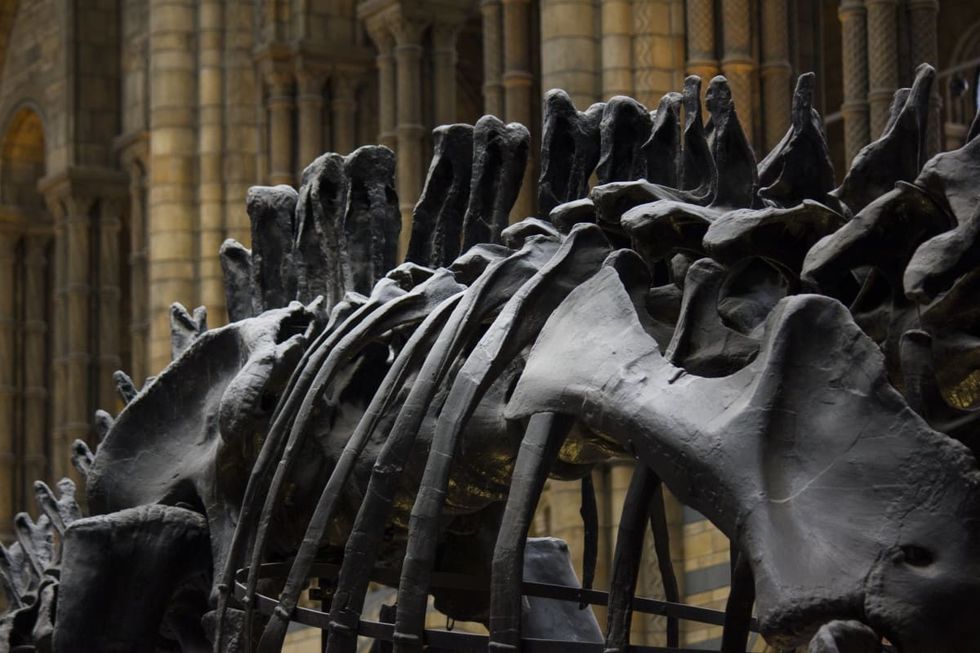
Kyle’s paper on the new Eoneophron species was originally published in PLOS ONE journal, and released by the Public Library of Science. “Kyle is the first student researcher at OSU-CHS to reveal, describe and name a new dinosaur,” said associate professor of anatomy Eric Snively, Ph.D., and Atkins-Weltman’s faculty advisor, as put by OSU News. In an interview with NPR's Mary Louise Kelly, when she asked Kyle about how this research would impact the knowledge of the historians about dinosaur era on the planet, he replied, “This is particularly interesting because it adds another bit to the puzzle of this idea that, like, oh, dinosaurs were already on their way out before the asteroid impact occurred because people see this apparent decline in diversity of dinosaur species between about 10 million years before the extinction up to that final last kind of 100 meters of the race, so to speak. So before this paper, you might have thought there was a decline in this group of dinosaurs and their diversity, but it turns out not at all. They were remaining quite stable, and they were doing quite fine.”
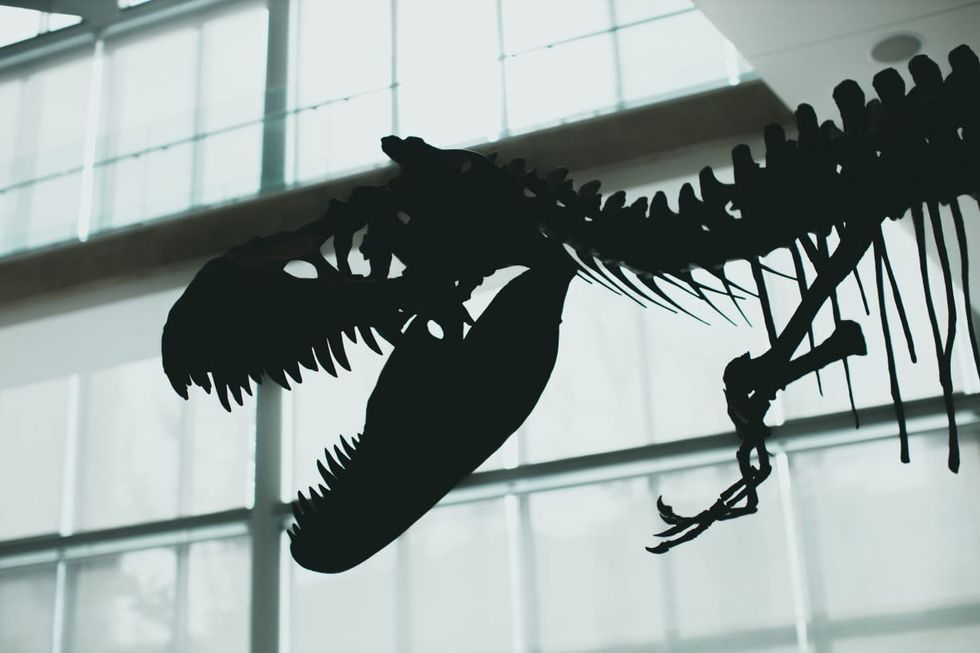
Kyle, who is a reptile-aficionado, said that he will continue to conduct research in dinosaur fossils, currently Tyranosaurus, at OSU-CHS as he pursues his doctoral degree.
This article originally appeared eight months ago.





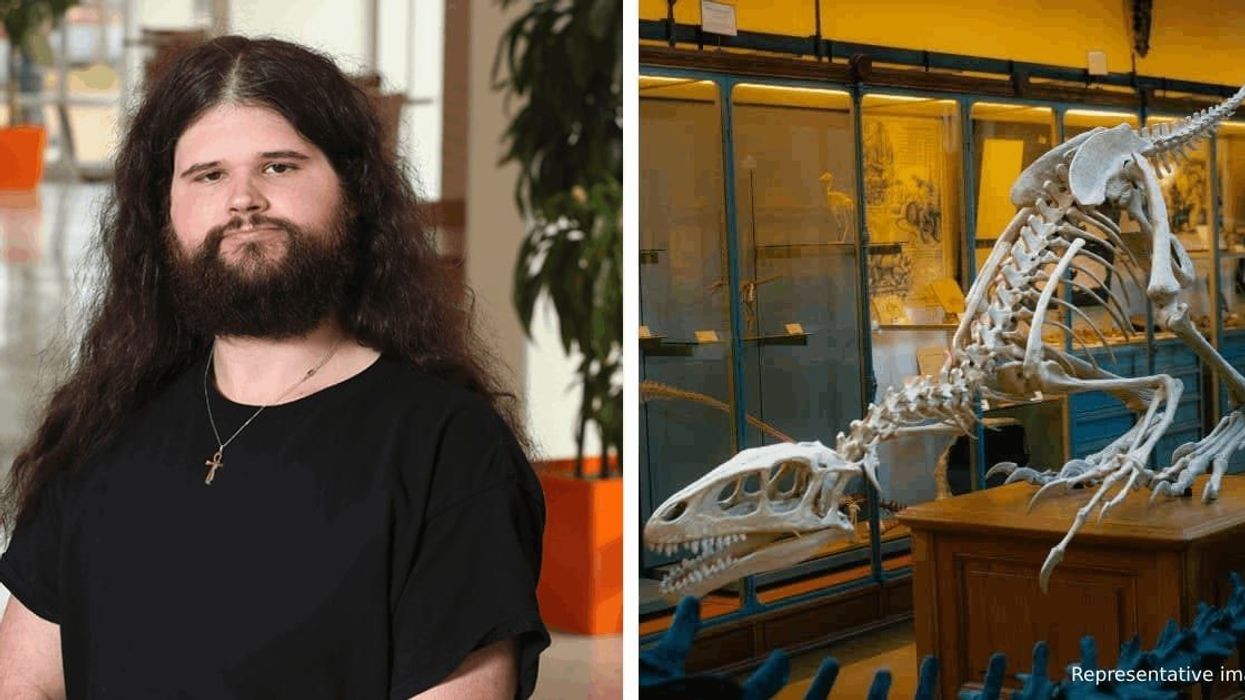











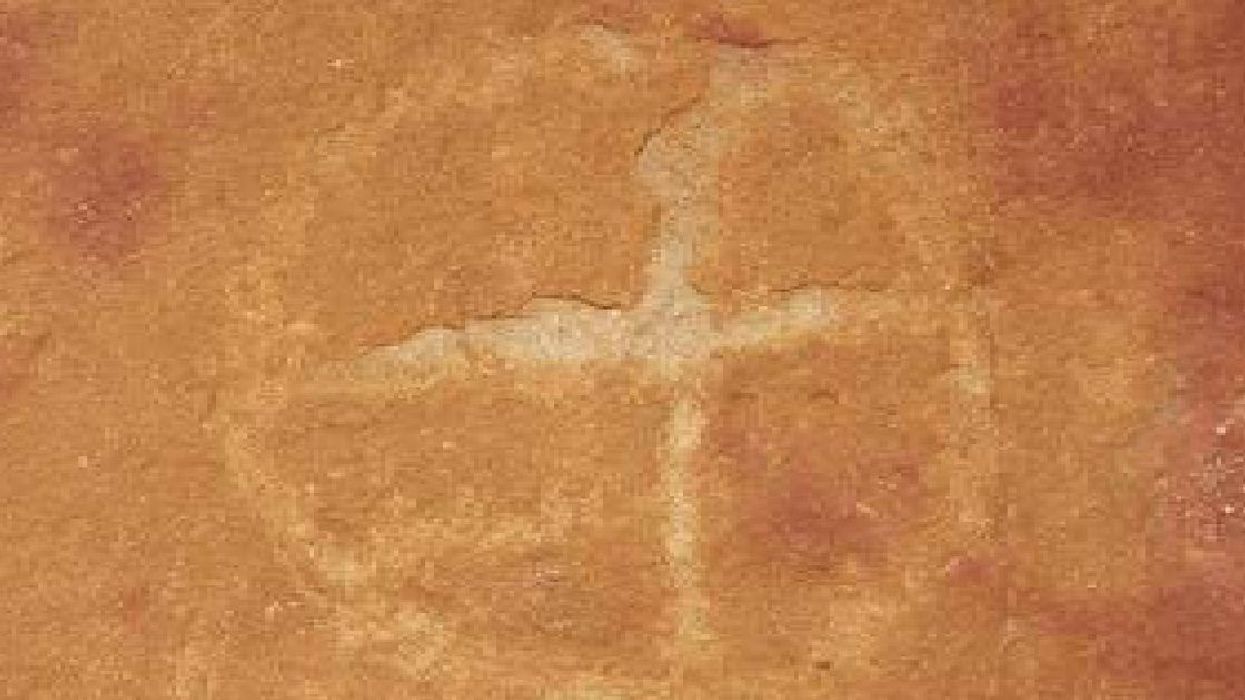
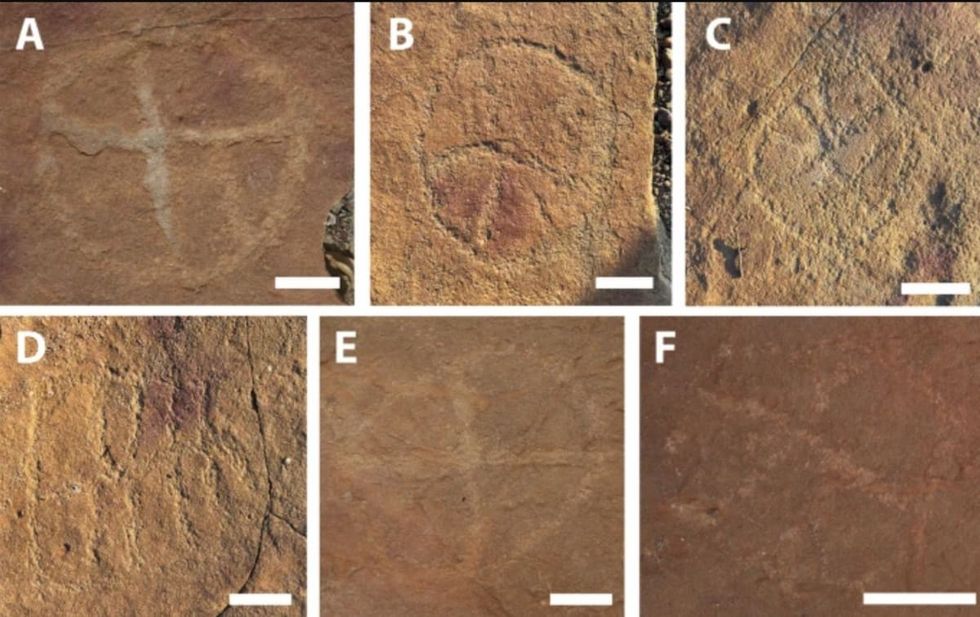 Image frmo Scientific Reports of ancient artwork. Image Source:
Image frmo Scientific Reports of ancient artwork. Image Source: 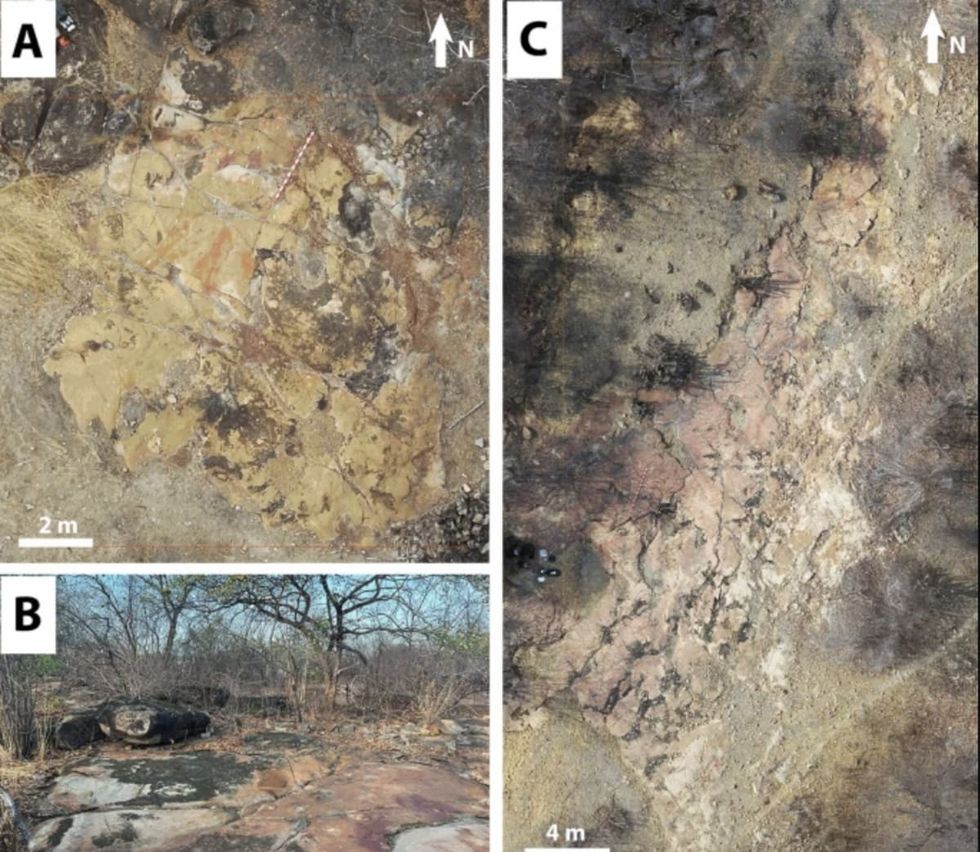 Image frmo Scientific Reports of ancient artwork.Image Source:
Image frmo Scientific Reports of ancient artwork.Image Source: 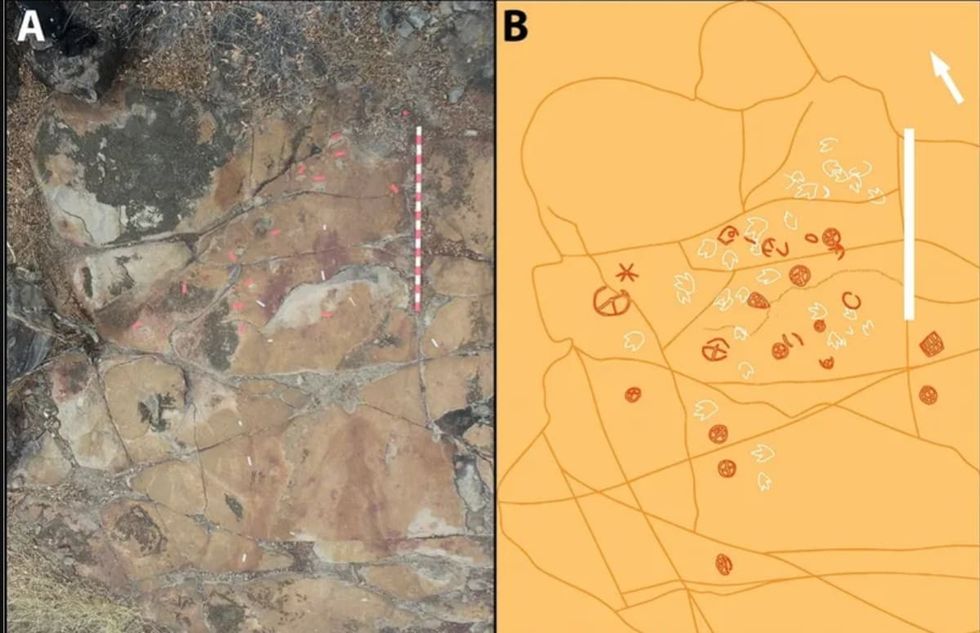 Image frmo Scientific Reports of ancient artwork.Image Source:
Image frmo Scientific Reports of ancient artwork.Image Source: 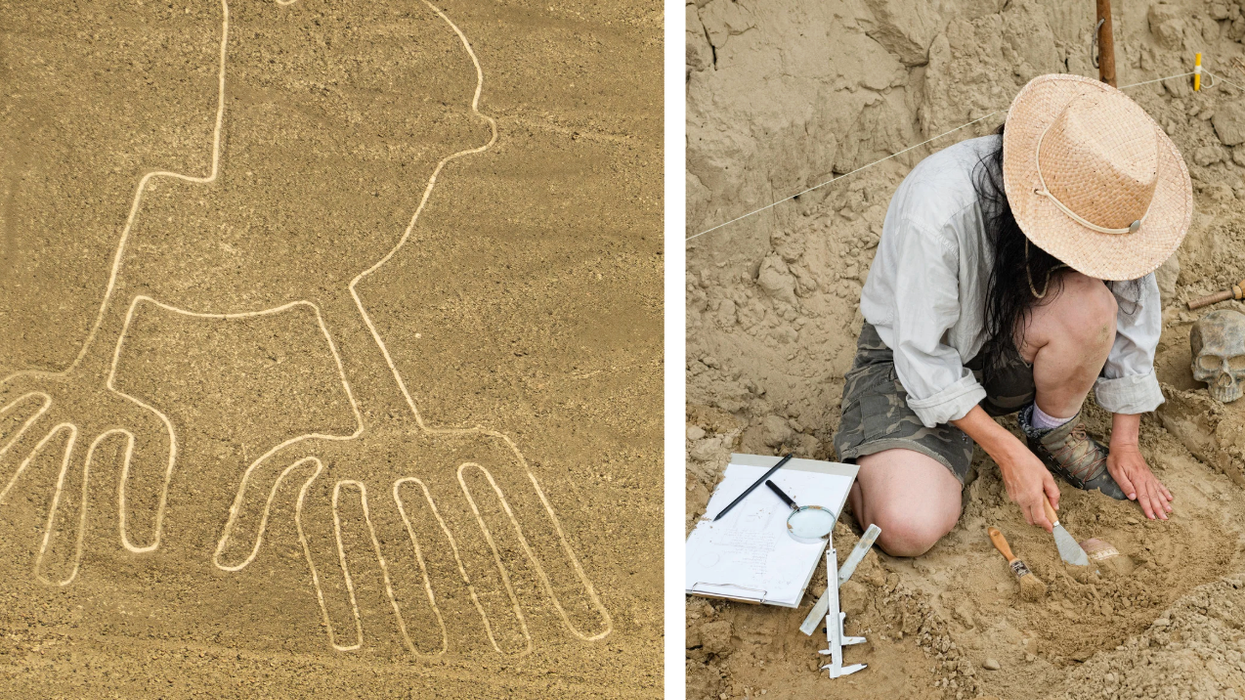

 It's difficult to imagine seeing a color and not having the word for it. Canva
It's difficult to imagine seeing a color and not having the word for it. Canva
 Sergei Krikalev in space.
Sergei Krikalev in space. 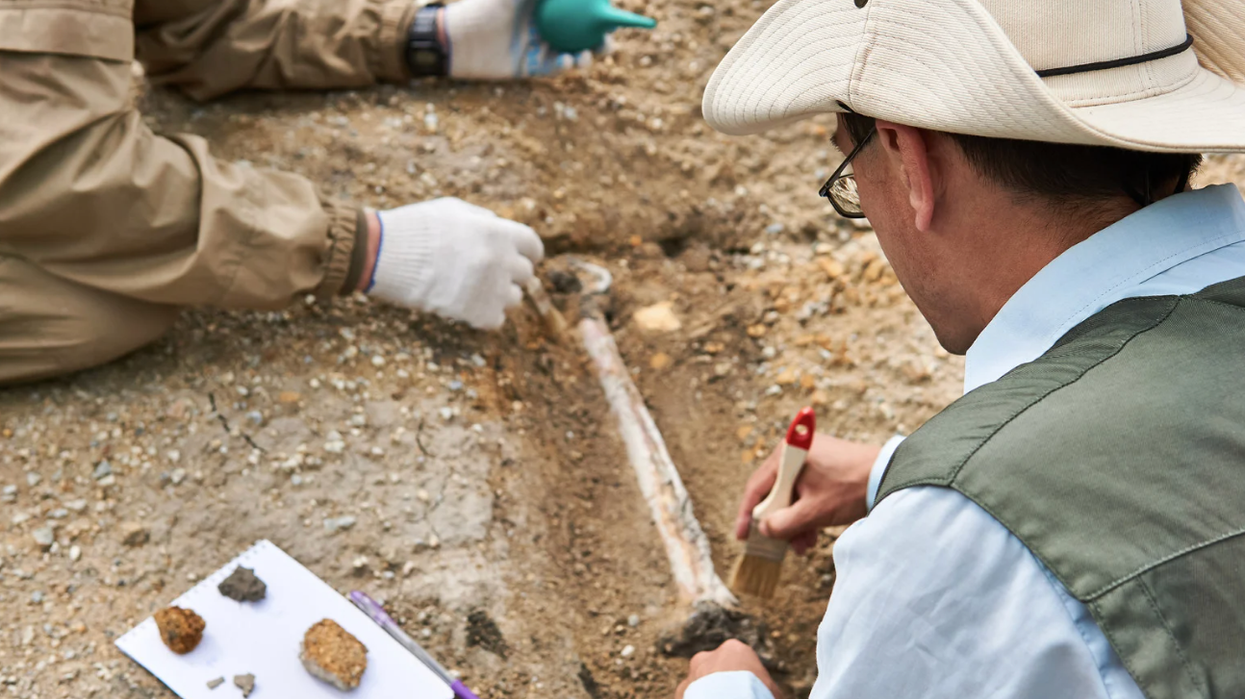


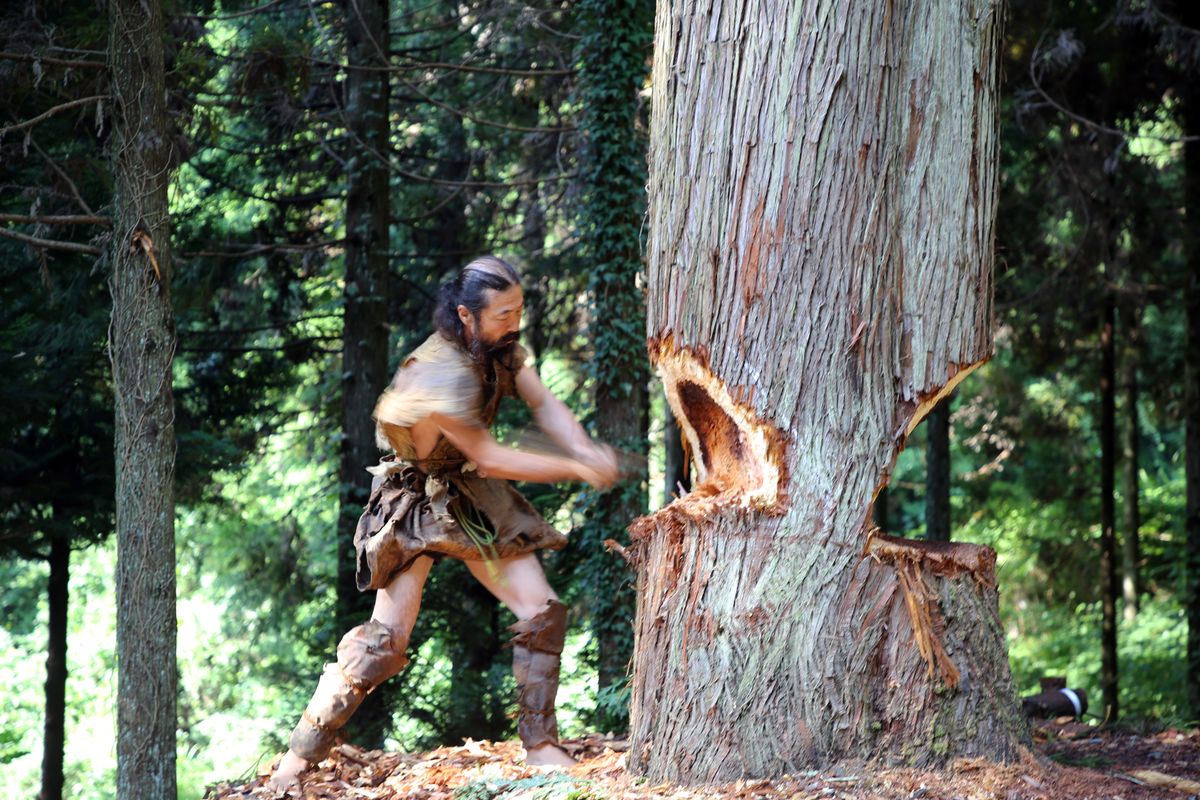 The team also crafted their canoe using ancient methods and Stone Age-style tools. National Museum of Nature and Science, Tokyo
The team also crafted their canoe using ancient methods and Stone Age-style tools. National Museum of Nature and Science, Tokyo The cedar dugout canoe crafted by the scientist team. National Museum of Nature and Science, Tokyo
The cedar dugout canoe crafted by the scientist team. National Museum of Nature and Science, Tokyo